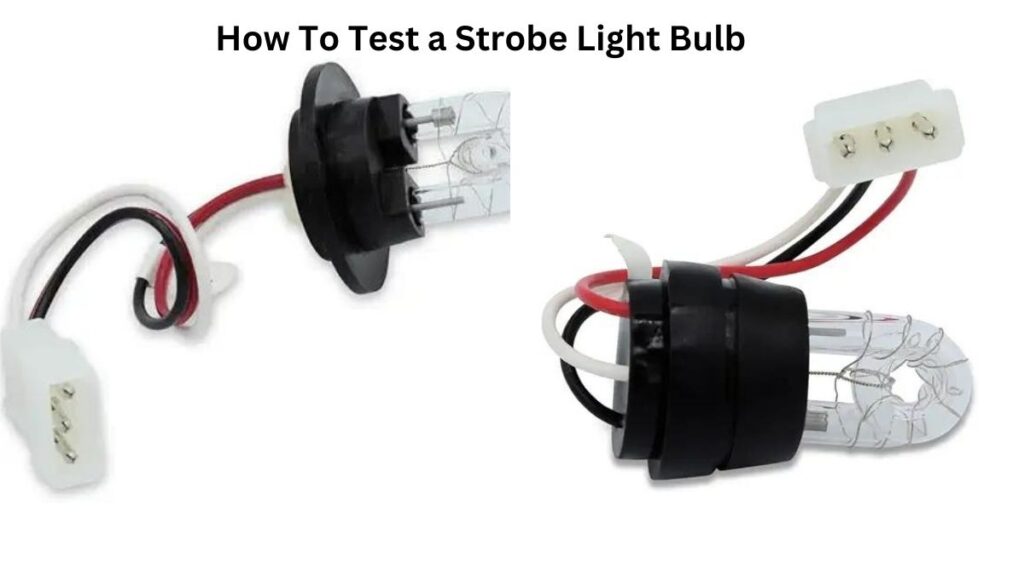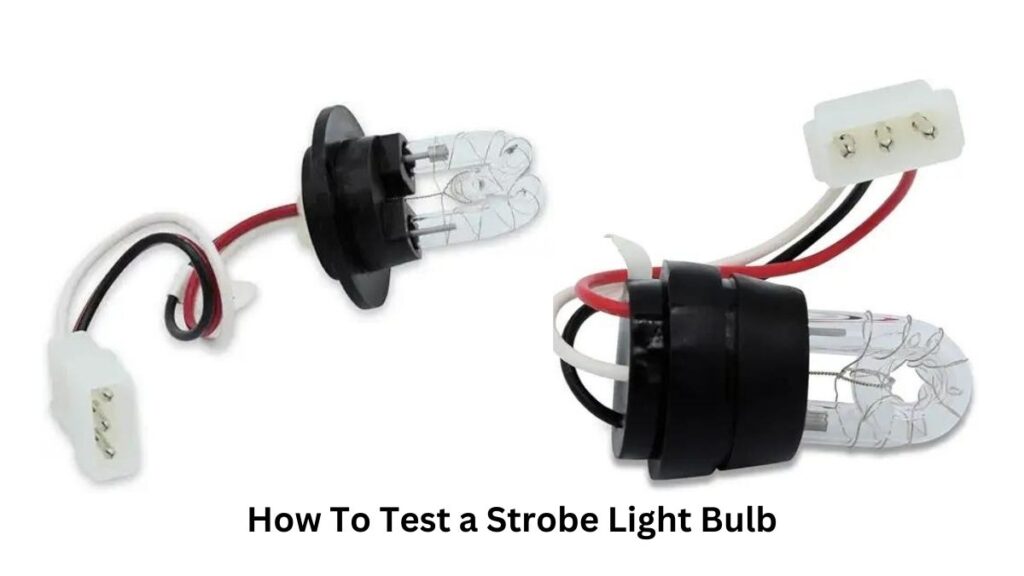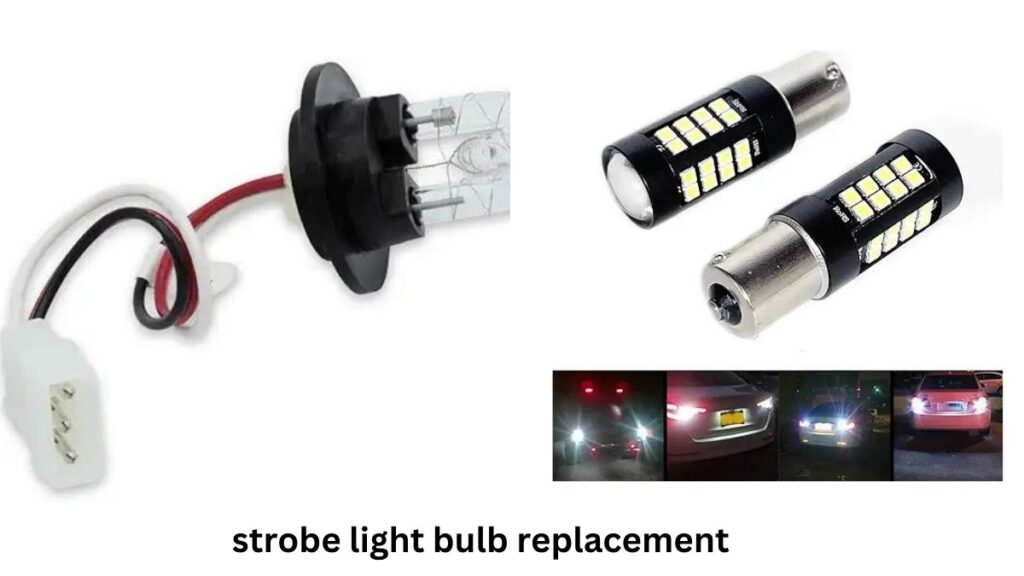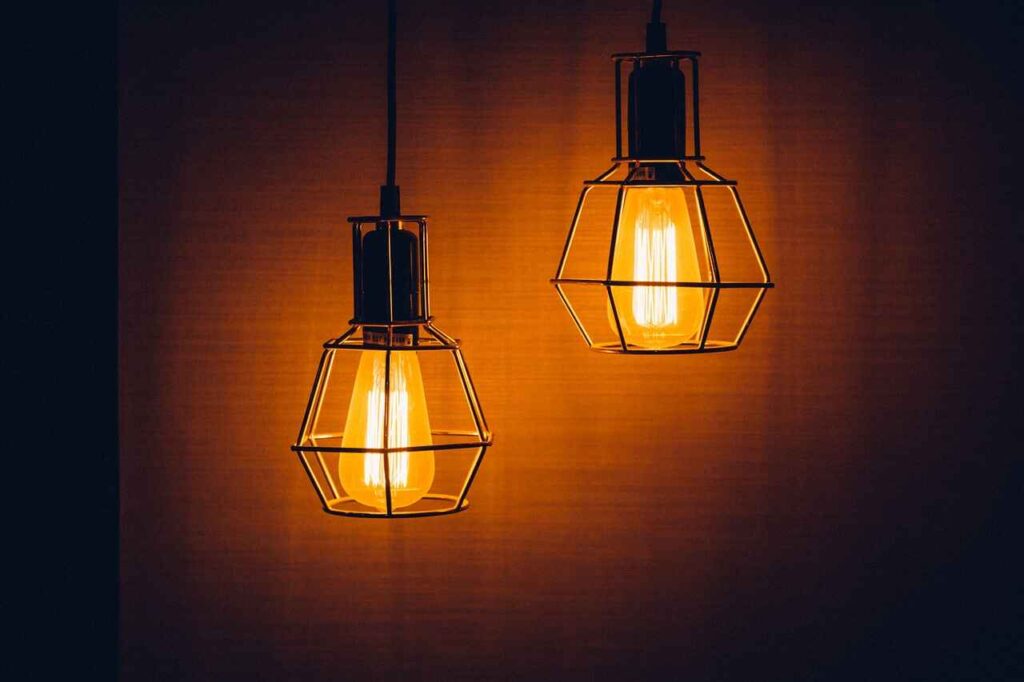Strobe light bulbs are essential in many environments, from nightclubs to emergency vehicles. They flash at high frequencies and create strong visual signals. But what happens when your strobe light bulb stops working? Testing it can save you time and money before buying a replacement. In this article, we’ll dive deep into how to test a strobe light bulb to see if it’s functioning correctly or needs replacing. We will also cover related terms and guide you through the process step by step.

Understanding Strobe Light Bulbs
Before we get into the technical part, it’s important to know what a strobe light bulb is. A strobe light flashes at regular intervals, creating a pulsing visual effect. They are commonly used in emergency lights, stage lighting, and even photography.
Strobe Light Bulb Replacement
Replacing a strobe light bulb can be simple if you know the steps. First, ensure the power is off to avoid any accidents. Next, unscrew the old bulb and carefully take it out. Take note of the bulb type and wattage so you can buy the correct replacement. When installing the new bulb, handle it gently, especially if it’s made of glass. Screw it in securely but avoid overtightening. Once it’s in place, switch the power back on to test if it works. Regular maintenance helps strobe lights last longer. If your light doesn’t work after replacement, double-check the connections or consider professional help.
Why Test a Strobe Light Bulb?
Sometimes a strobe light bulb may seem to malfunction due to various reasons, such as power supply issues, wiring problems, or internal damage. Testing the bulb is essential because:
- Saves money: You avoid buying a new one if the problem lies elsewhere.
- Time-saving: It helps you figure out the problem quickly.
- Safety: Ensures your strobe light is reliable, especially if it’s used in emergency situations.
Tools You’ll Need to Test a Strobe Light Bulb
Testing a strobe light bulb doesn’t require expensive or complicated tools. Here’s a list of basic tools you’ll need:
- Multimeter: To check the voltage and continuity.
- Screwdriver: For removing the bulb.
- Power source: To see if the bulb lights up.
- Protective gloves: To avoid any accidental shocks.

Steps to Test a Strobe Light Bulb
1. Turn Off the Power
Before you begin testing the strobe light bulb, make sure the power is off. Working with live wires or bulbs can be dangerous. Either disconnect the device or turn off the circuit breaker.
2. Remove the Bulb
Carefully remove the strobe light bulb from its fixture using a screwdriver if needed. Some strobe light bulbs have screws holding them in place. Others might just twist off. The bulb might be delicate, so handle it with care.
3. Inspect the Bulb
Once you have the bulb out, visually inspect it for any signs of damage. Look for cracks, burnt-out spots, or loose wiring. A damaged strobe light bulb can’t function properly.
Tip: If you notice any black spots inside the bulb, it might indicate a burnt-out filament.
4. Test the Bulb with a Multimeter
Using a multimeter, check if the bulb has electrical continuity. Set the multimeter to the “ohms” setting, and touch one probe to each end of the bulb’s terminals. A working strobe light bulb will show a small resistance value. If the multimeter reads “infinity” or “0,” it means the bulb is faulty.
Tip: If you’re unfamiliar with multimeters, consult the user manual to ensure you’re using the right settings.
5. Check the Power Supply
Sometimes, the issue may not be with the bulb itself but with the power supply. Test the socket or fixture where the strobe light was placed. Plug in another working light bulb to see if the power supply is functioning.
6. Reinstall the Bulb
If the bulb and power supply both seem fine, reinstall the strobe light bulb and power it on. Turn the switch back on or plug it into a working outlet. If the bulb lights up and flashes as expected, your bulb is good to go. If not, you may need a replacement.
What If the Strobe Light Bulb Is Still Not Working?
If your strobe light bulb still doesn’t work after testing, the issue might be with the wiring or other components of the light fixture. Here are a few things to consider:
- Check the wiring: Loose or damaged wires can prevent the bulb from lighting up.
- Capacitors and resistors: In strobe lights, these components control the flashing effect. If they are damaged, the bulb may not flash correctly.
- Controller failure: If your strobe light has a controller for adjusting frequency, that could be faulty.
When to Replace a Strobe Light Bulb
If the strobe light bulb fails the tests or has visible damage, it’s time to replace it. When replacing, make sure to:
- Get the right type of strobe bulb: Different strobe light fixtures may require specific types of bulbs.
- Install it properly: Ensure the replacement bulb is correctly fitted and secured in the socket.
- Test the new bulb: After installation, check the new bulb to make sure it works properly.

Troubleshooting Common Strobe Light Problems
Here are some common issues with strobe light bulbs and how you can troubleshoot strobe lights:
- Bulb flickers inconsistently: This could be due to loose connections or a faulty capacitor.
- Bulb doesn’t flash at all: Check the power supply and wiring. A damaged controller may also be the cause.
- Weak or dim flashes: This usually happens when the bulb is nearing the end of its life or if the power supply is unstable.
Safety Tips for Handling Strobe Light Bulbs
- Always turn off the power before handling or testing the bulb.
- Wear protective gloves when removing and installing the bulb.
- Ensure that the replacement bulb matches the specifications of your strobe light fixture.
Conclusion: How to test a strobe light bulb
Testing a strobe light bulb doesn’t have to be a complex process. With the right tools and careful steps, you can easily figure out whether your bulb is still functional or if it needs replacement. Remember to always prioritize safety when handling electrical components, and don’t hesitate to seek professional help if you’re unsure about any steps.
By following this guide, you can keep your strobe lights in perfect working order, ensuring that they perform their important roles effectively. Whether it’s for safety, entertainment, or special effects, a properly functioning strobe light bulb is crucial for achieving the desired visual impact.
Hi, I’m Malik Suhail—an SEO expert, web designer, and passionate blogger with 2 years of experience. I specialize in crafting content that is not only informative but also tailored to meet the needs of my readers.
I write about diverse topics, always striving to simplify complex ideas and provide valuable insights that resonate with my audience. Whether it’s about SEO strategies, web design trends, or blogging tips, I am committed to delivering well-researched, practical, and easy-to-understand information.
My mission is to help readers navigate the digital world with confidence and clarity. I believe in adding value through authentic content that inspires action and delivers results.


